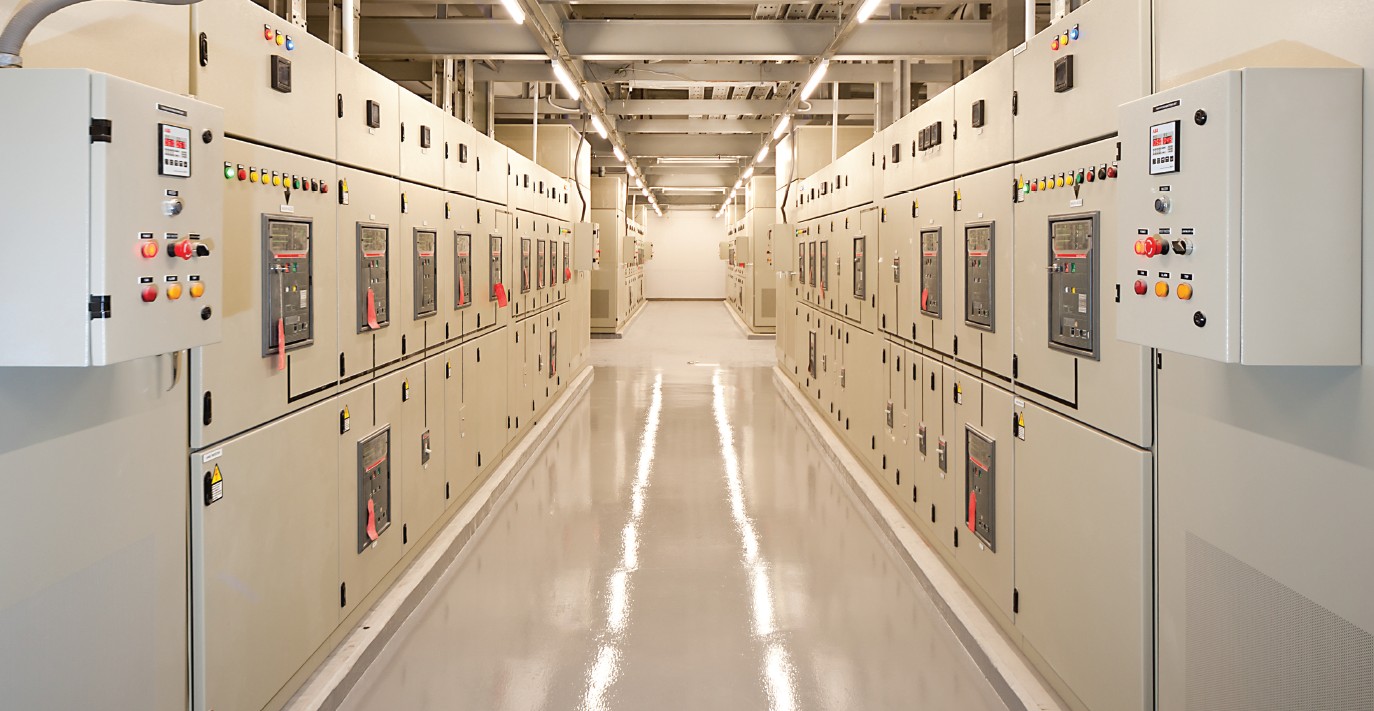Should our electrical standard for industrial machinery keep current with what the rest of the world is doing? If you build machines for the global marketplace, you’d answer “do it or die.” A harmonized NFPA 79 paves the way for you to build a machine that your company can sell from Boston to Bombay. If you buy machines for your factories around the world, you’re answering, “Of course!” One standard for machine wiring makes it easy for you to write one purchasing specification. However, if you’re involved with electrical safety, the answer should be: “It depends on what the rest of the world is doing.”
My first experience with this issue came via a large machine tool from Japan. My employer spent several million dollars to purchase the machine. My co-worker and I spent several weeks pulling the factory wiring out and replacing it with listed MTW (Machine Tool Wire). Why? The type of insulation used by the manufacturer was not Type MTW. What type of insulation did the machine builder use? Unknown. There were no markings on the jacket. Did the insulation have the low flame spread; low smoke development characteristic of listed Type MTW? Unknown. Insufficient documentation was provided. The AHJ decided not to take a chance. We completely rewired the machine.
The roots of NFPA 79 stretch back to 1941. The US machine tool industry faced a formidable challenge: Produce the millions of parts needed to support the war effort. The metal working industry wrote the first standard. They wanted machines that were safer to operate. They needed machines that were more productive and required less maintenance. The electrical components needed to be high quality and very reliable.
Modern industrial machinery appears in a wide variety of forms. A recent international machine tool show in Chicago featured the products of thousands of companies from 36 nations. Their products filled 1.4 million square feet of exhibit space: equipment that utilizes the latest technology such as lasers that cut, drill and weld; sophisticated robots that weld, assemble, or transport parts. The equipment represents the broad scope of “Industrial Machinery.” Industrial machinery includes simple machines, such as a drill press. On the other end is a complex manufacturing system. Such a “machine” may be city blocks long. Examples are a paper-manufacturing machine or an automotive assembly line.
Many of the machines present at the show were not built and wired to meet NFPA 79. Instead, they were manufactured using IEC 60204 as the electrical safety standard. IEC 60204 is one of the standards of the International Electrotechnical Commission, a global organization that was founded in 1906. It prepares and publishes international standards for electrical, electronic, and related technologies. Individuals from more than 50 countries sit on its various technical committees.
One of the committees is TC-44, Safety of Machinery. The US is a major player on TC-44. The chairman is John Bloodgood of JFB Enterprises, Fond du Lac, Wisconsin. Mr. Bloodgood is an internationally recognized expert on industrial machinery and related standards. National Electrical Equipment Manufacturers Association is also represented on TC-44. Mr. David Fisher of Rockwell Automation, Milwaukee, WI is a participating member. Mr. Fisher’s expertise is industrial control systems. Both men have also served as principal members on the NFPA 79 committee for many years.
The NFPA 79 Committee is convinced of the need to harmonize NFPA 79 with comparable standards. NFPA 79 is also an international standard. Companies that both buy and build machines for the global marketplace use it. Principal members represent organizations that both buy and build for factories across the globe. The 1991, 1994, and 1997 NFPA 79 included both references to other international standards as well as technical changes that reflect harmonization with related international standards.
The Next Step
The big push for harmonization started in 1998. In March 1998, the committee prepared a statement of work. The major elements of the statement of work are:
Harmonization – Purpose
As the users and the manufacturers of industrial machines move toward a global manufacturing community, the need for a harmonized standard affecting industrial machinery becomes an economic necessity. Generally, large users and manufacturers find regulations burdensome. However, multiple regulations as well as conflicting regulations are an economic disincentive to global expansion. In order to ease the burden of differing regulation, and at the same time maintain the high standard of electrical machine safety, the NFPA 79 committee has expressed their desire, through balloted vote, to harmonize NFPA 79 with IEC-60204-1.
Importance of Issue – Harmonization
The United States industrial machine manufacturers are no longer the world leaders in producing industrial machines, nor are they the major users of industrial machines. Today’s industrial machines are very complex and expensive. As manufacturing lines become modular and transportable, industrial machines originally produced for a foreign market may quickly be transported to the domestic market. The reverse is also true. Differing electrical standards add a large cost to multinational manufacturers as they build and sometimes move manufacturing facilities.
Harmonization – Objective
This work is necessary to accomplish the goal of allowing industry to economically build one industrial machine capable of passing a detailed electrical safety inspection using either IEC 60204-1 or NFPA 79 standard.
Both the NEC Technical Correlating Committee and the NFPA Standards Council reviewed the statement of work in July of 1998. The TCC unanimously recommended the following action to the Standards Council:
“The Technical Correlating Committee agrees with the efforts of the NFPA 79 committee to harmonize the technical requirements of NFPA 79 and IEC 60204, where feasible and where in concert with the NEC and its related codes and standards.
The Technical Correlating Committee agrees with the use of the ANSI style manual relative only to those items noted in the forward of the present NFPA 79. However, use of mandatory language shall be in accordance with the NFPA style manual.
The committee can continue references to other standards as necessary, but only where those references do not conflict with our presently adopted principles, practices, product standards, and the NEC.”
The NFPA Standards Council considered and concurred with the recommendation. Since 1998, the committee has been active in creating a series of panel proposals. The committee’s objectives are fourfold.
1. Renumber NFPA 79 to follow the numbering format used by IEC-60204.
2. Harmonize the language of NFPA 79 with the IEC 60204 where the technical requirements are substantially equal. The harmonized text will follow the NFPA Style manual.
3. Add new technical requirements that reflect the current state of the industry.
4. Modify the current technical requirements where appropriate, without decreasing the intended level of safety.
The committee recognizes the critical nature of the third and fourth objectives. The impetus for change may be harmonization with international standards or current industry practice. However the substantiation must clearly document the need for the change and the impact on electrical safety. There are safety practices, such as listed insulation, that are inherent in our safety standards. This type of requirement will be maintained.
Your Role
NFPA 79 is a consensus standard. The committee will meet to consider proposals in March 2001. The Report on Proposals will be published in the spring and available to interested members of the public: That’s YOU. Help keep the committee on target. Reinforce our effort to make the standard truly international. Check our work. Keep us honest. Send us your comments.














Find Us on Socials